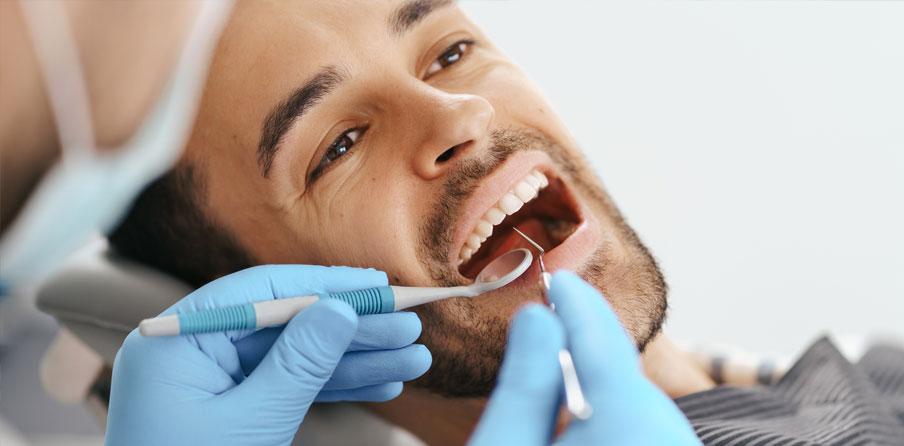In recent years, orthodontics has undergone a transformative shift from traditional metal braces to more advanced, aesthetic, and comfortable solutions like clear aligners. This evolution reflects not only technological advancements but also changing patient preferences, driven by the desire for less noticeable and more convenient options for straightening teeth. Historically, metal braces were the primary method for correcting dental misalignments. Consisting of metal brackets and wires, these braces apply continuous pressure to gradually move teeth into the desired position. While effective, traditional braces have several drawbacks. They are highly visible, which can cause self-consciousness, especially among teenagers and adults. The metal components can also cause discomfort and require frequent adjustments by an orthodontist. Furthermore, maintaining oral hygiene with metal braces is challenging, as food particles and plaque can easily get trapped, increasing the risk of cavities and gum disease. The introduction of clear aligners has revolutionized orthodontic treatment. Aligners are custom-made, transparent trays that fit snugly over the teeth. Patients receive a series of aligners, each slightly adjusted to continue the gradual movement of the teeth.

One of the most significant advantages of aligners is their near invisibility. This aesthetic benefit has made them particularly popular among adults who want to straighten their teeth without the noticeable appearance of metal braces. Additionally, aligners are removable, allowing patients to eat, drink, and maintain their regular oral hygiene routines without the restrictions imposed by traditional braces. Comfort is another key factor driving the popularity of clear aligners. Made from smooth, medical-grade plastic, aligners do not have the sharp edges or protruding parts that can irritate the mouth. These results in fewer sores and less overall discomfort compared to metal braces. Patients also appreciate the predictability and convenience of aligner treatment. Modern aligner systems often incorporate advanced digital imaging and 3D printing technologies to create a precise treatment plan from the outset to make a consultation appointment today. This means patients can see a virtual representation of their treatment progression and final outcome before even starting the process.
Despite these advantages, clear aligners are not suitable for all cases. Severe dental misalignments, large gaps, and certain bite issues may still require traditional braces or other orthodontic interventions. In some instances, a combination of both braces and aligners might be used to achieve optimal results. The decision between braces and aligners depends on the complexity of the dental issue, patient compliance, and the orthodontist’s recommendation. Moreover, the cost of clear aligners can be higher than traditional braces, although this gap is narrowing as aligner technology becomes more widespread and competitive. Insurance coverage and financing options have also improved, making aligners accessible to a broader range of patients. In conclusion, the shift from braces to aligners represents a significant advancement in orthodontics, offering patients more discreet, comfortable, and flexible treatment options. While traditional braces remain a crucial tool for certain complex cases, the increasing popularity of clear aligner’s highlights a growing preference for modern, patient-friendly solutions in dental care. As technology continues to evolve, the future of orthodontics will likely see even more innovative approaches to achieving a perfect smile.